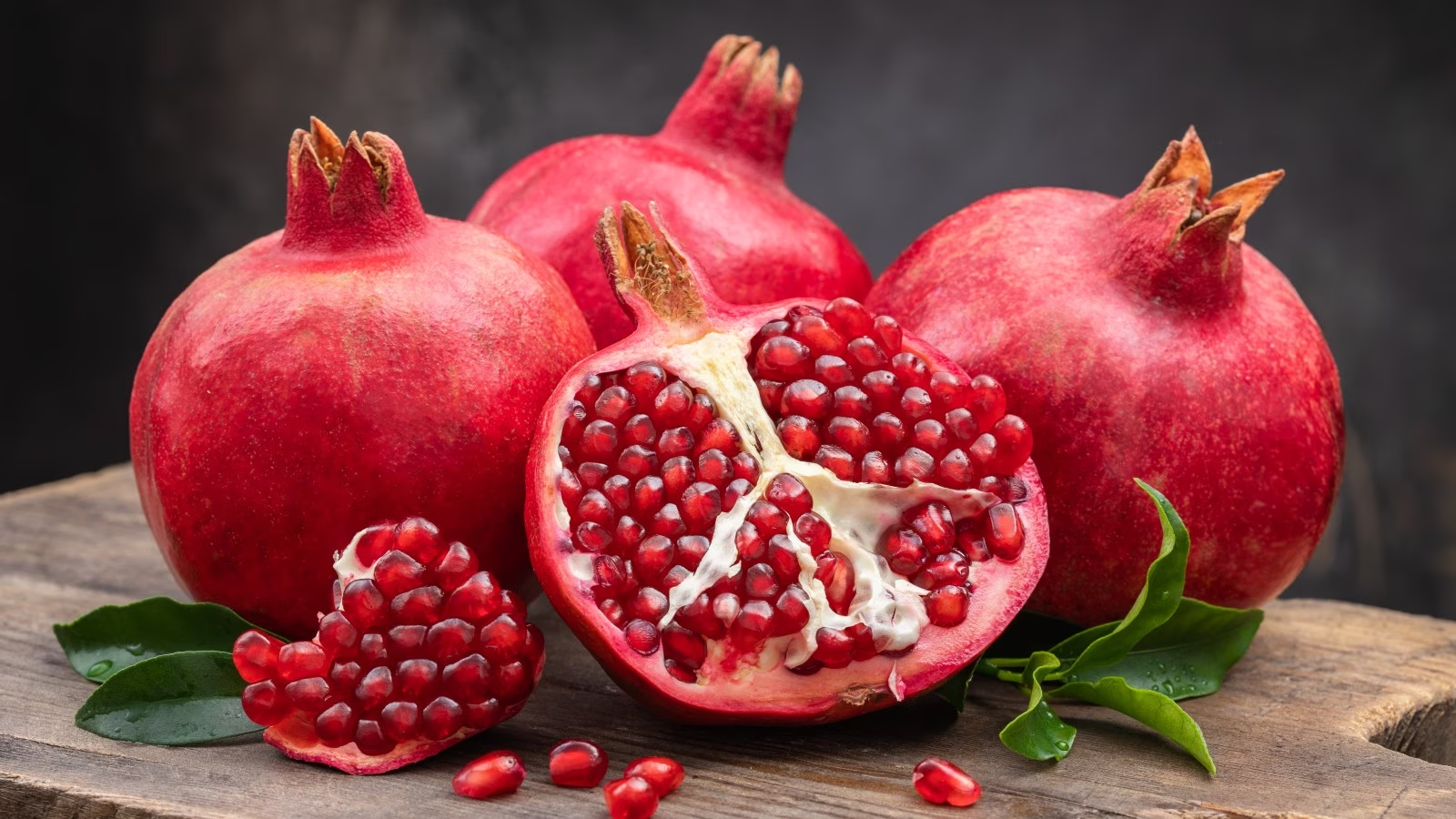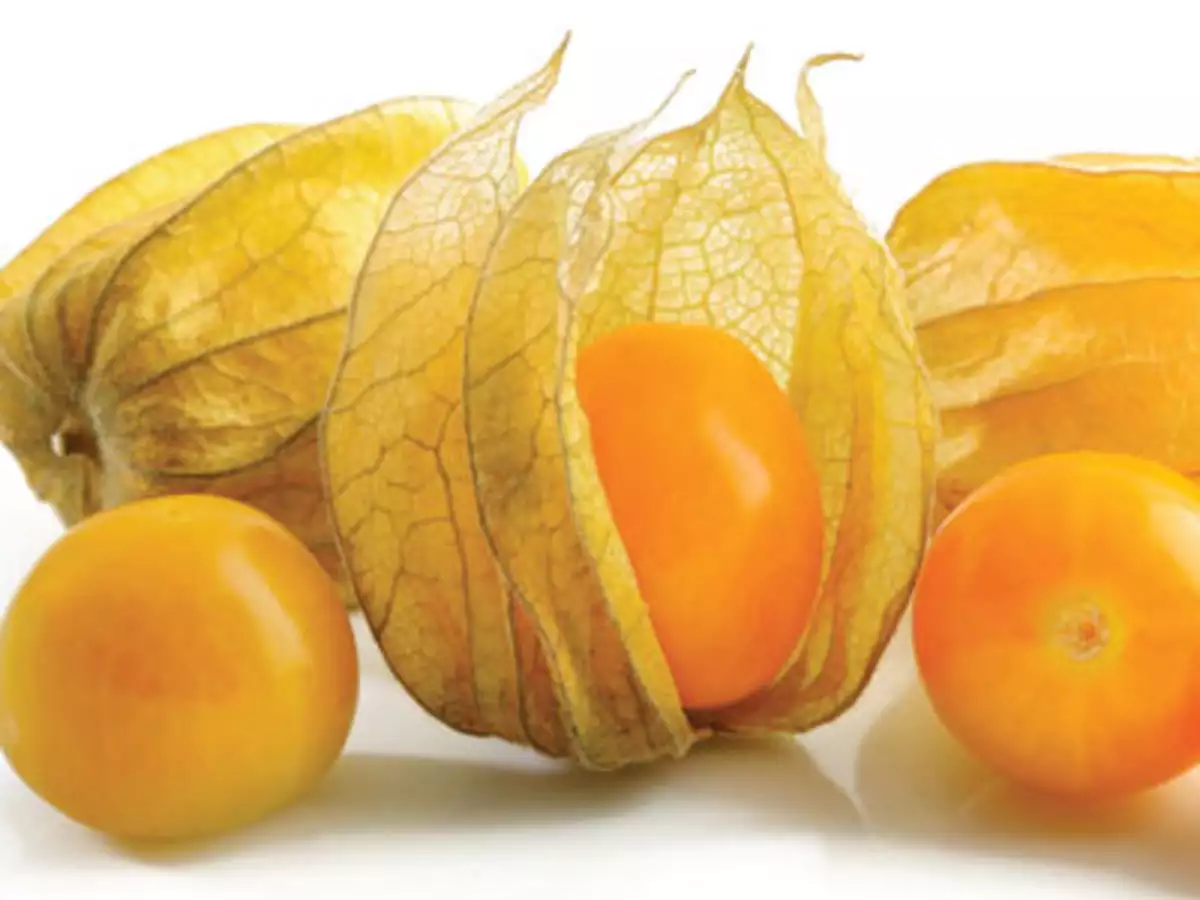
Fruits offer much more than flavor they add vivid colors to our meals, enhancing the eating experience visually and nutritionally. With hues ranging from rich reds to deep blues, colorful fruits bring a variety of nutrients that benefit our health in unique ways.
But among this rainbow of options, which fruit stands out as the most colorful? Exploring the pigments and visual appeal of nature’s most vibrant fruits, we’ll uncover what makes certain fruits so striking and why these colors matter to our well-being.
The Spectrum Of Color In Fruits
Colorful fruits owe their vibrant hues to naturally occurring pigments that serve multiple purposes, from attracting pollinators to signaling ripeness. Here’s a breakdown of the primary pigments:
- Carotenoids: These provide the yellows, oranges, and reds seen in fruits like mangoes and bell peppers. Carotenoids are known for their antioxidant properties and support eye health.
- Anthocyanins: Responsible for the reds, blues, and purples in fruits like berries and eggplants, anthocyanins protect cells and may lower inflammation.
- Chlorophyll: The green pigment found in fruits like kiwis and avocados aids in photosynthesis and has been linked to detoxifying properties.
Each pigment has a unique way of interacting with light, creating color variationsthat attract the eye and add diversity to our diet. The fruit colors also indicate specific nutrients, and combining a variety of hues can enhance both the aesthetic appeal and nutritional value of meals.
Why Colorful Fruits Matter - Health Benefits
Colorful fruits provide essential nutrients that support multiple aspects of health. The phrase "eat the rainbow" encourages us to include a range of colors in our diet, as each color represents different health benefits:
- Red and Purple Fruits: These fruits, like pomegranates and blackberries, are rich in antioxidants such as anthocyanins, which help protect cells from damage and support heart health.
- Orange and Yellow Fruits: Mangoes and oranges are packed with vitamins A and C, supporting immune function and eye health.
- Green Fruits: Kiwis and avocados are rich in fiber, chlorophyll, and various essential nutrients that benefit digestion and aid in detoxification.
See Also: What Is The Most Expensive Fruit?
Top 15 Most Colorful Fruits In The World
Among the many vibrant fruits, a few stand out for their intense colors and unique appearances. Here are five of the most colorful fruits, each bringing a unique blend of nutrients and visual appeal:
1. Dragon Fruit (Pitaya)
Dragon fruit is instantly recognizable with its vibrant pink or yellow skin and spiky green scales. Inside, the flesh can be white or deep magenta, filled with tiny black seeds. This fruit is rich in vitamin C, fiber, and antioxidants, supporting skin health and digestion. Its bold colors are due to betacyanins, a type of antioxidant linked to anti-inflammatory properties.
2. Blood Orange
The deep red or maroon flesh of blood oranges is a result of anthocyanins, powerful antioxidants. Its striking contrast with the orange rind makes it visually stunning and perfect for salads and desserts.
3. Passion Fruit
With a striking combination of purple or yellow skin and bright golden pulp, passion fruit is visually and nutritionally impressive. It’s loaded with vitamin C and dietary fiber, which aid immunity and digestion. The dramatic contrast between the skin and pulp makes it a popular addition to both sweet and savory dishes.
4. Kiwano (Horned Melon)
With bright orange, spiky skin and lime-green, jelly-like pulp, kiwano is a tropical fruit high in vitamins A and C. Its unique look and refreshing taste are show-stoppers.
5. Pomegranate
Pomegranates are known for their glossy, ruby-red seeds encased in a tough red exterior. The seeds are packed with antioxidants and vitamins, perfect for snacking or garnishing dishes.
6. Mango
Mangoes range in color from green to yellow and red, and their rich orange flesh is packed with beta-carotene. This carotenoid gives mangoes their color and contributes to eye health. High in vitamin C, mangoes support immune function, making them as nutritious as they are visually appealing.
Read Also: What Is The Sweetest Fruit In The World?
7. Starfruit (Carambola)
This fruit's translucent golden-yellow color and unique star shape make it eye-catching. High in vitamin C, it's a sweet and tangy addition to salads and beverages.
8. Purple Mangosteen
The mangosteen's deep purple rind and bright white flesh provide a dramatic color contrast. Known as the "queen of fruits," it's rich in antioxidants like xanthones.
9. Açaí Berries
Tiny and dark purple, açaí berries are loaded with anthocyanins. These vibrant berries are commonly blended into smoothies or bowls for a burst of flavor and nutrition.
10. Pollia Condensata (Marble Berry)
Known as the world’s most colorful fruit, Pollia condensata doesn’t have an edible interior, but its iridescent skin reflects light in vibrant shades of blue, green, and purple. Unlike other fruits, its intense color isn’t due to pigments but results from the microscopic structure of its skin. Light interacts with the cellulose layers in the fruit’s skin, creating a shimmering, almost pixelated appearance.
11. Papaya
With its bright orange flesh and black seeds, papaya is a tropical staple rich in papain, a digestive enzyme, and loaded with vitamin C.
12. Lychee
Lychees boast a bumpy, bright red rind that opens to reveal juicy, translucent white flesh. High in vitamin C, they’re a sweet and aromatic treat.
13. Rambutan
This unique fruit has a vivid red outer skin covered in soft, hair-like spikes, with a translucent white interior. Native to Southeast Asia, rambutan is high in vitamin C and antioxidants, supporting skin health and immune function. Its striking appearance and exotic taste make it a favorite in tropical dishes.
14. Blue Java Banana (Ice Cream Banana)
This banana variety has silvery-blue skin that matures to a creamy yellow. Its light-blue exterior and sweet, vanilla-like flavor are a feast for the senses.
15. Golden Berries (Physalis)
Encased in a papery husk, these golden-yellow berries add a splash of sunshine to any dish. They’re rich in antioxidants, making them as nutritious as they are beautiful.
Fun Ways To Incorporate Colorful Fruits Into Your Diet
Adding colorful fruits to meals doesn’t just enhance presentation - it boosts the nutritional value. Here are some simple ideas to include a variety of colorful fruits in your diet:
- Smoothie Bowls: Combine vibrant fruits like mango, dragon fruit, and blueberries for an eye-catching, nutrient-packed smoothie bowl.
- Fruit Salads: Use a mix of red, orange, green, and purple fruits, such as strawberries, kiwi, and passion fruit, to create a refreshing and visually appealing salad.
- Creative Platters: Adding starfruit slices can elevate the presentation, and if you're looking for something heartier, consider pairing with a simple Scottish fruitcake recipefor a delightful contrast of textures and flavors.
- Savory-Sweet Dishes: Fruits like mango and passion fruit pair well with savory dishes, adding a hint of sweetness and an array of colors to salsas and salads.
Incorporating these fruits daily can improve both the look and nutritional profile of your meals, encouraging a healthier, more colorful diet.
FAQ's About What Is The Most Colorful Fruit?
What Makes Fruits Colorful?
Fruits get their colors from naturally occurring pigments such as carotenoids, anthocyanins, and chlorophyll, each contributing specific hues and health benefits.
Are Colorful Fruits Always Healthier?
Colorful fruits often indicate high levels of antioxidants and vitamins, but variety is essential for a balanced intake of nutrients. Each color generally represents different health benefits.
How Can I Add More Colorful Fruits To My Diet?
Start by including at least one brightly colored fruit in each meal. Smoothies, salads, and snacks like fresh berries are easy ways to add more color.
What Is The Rarest Colorful Fruit?
One rare, colorful fruit is the Pollia condensata, a metallic blue fruit that reflects light due to its unique cellular structure. However, it is not edible.
Final Thoughts
Colorful fruits aren’t just pleasing to the eye, they’re packed with nutrients that contribute to health in a range of ways. Including a variety of hues in your diet provides diverse vitamins, minerals, and antioxidants that support different bodily functions.
While fruits like dragon fruit add color and nutrition, others, like the Pollia condensata, highlight nature’s incredible diversity. Embracing a colorful diet means benefiting from both the beauty and health benefits that these fruits offer, proving that good nutrition can be visually delightful as well.
You Might Like: What Is The Smallest Fruit On Earth?














